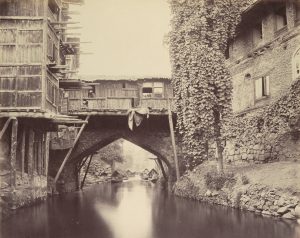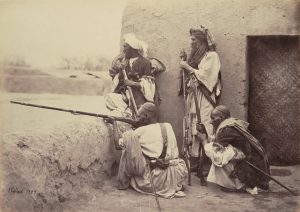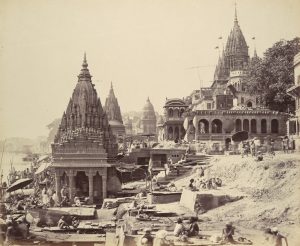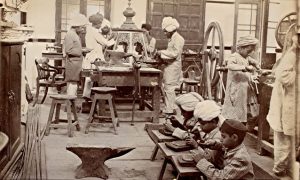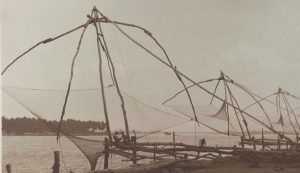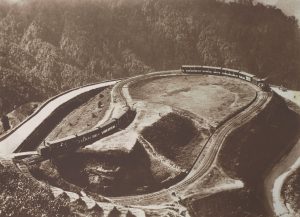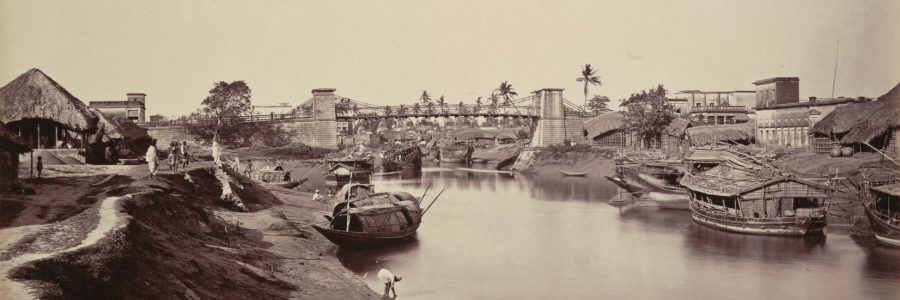
Pamphlets of nineteenth-century India
Late nineteenth-century British India forms the latest subject of the Royal Commonwealth Society department’s work to discover its collection of rare pamphlets and periodical articles. More than 300 new titles have been added to the library’s electronic iDiscover catalogue. Many of these works are comparatively hard to find in the UK, because they were printed in modern India, Pakistan, Sri Lanka, Myanmar [Burma] and Bangladesh, and copies were not lodged in the University Library or the UK’s other legal deposit libraries. The bulk of the pamphlets date from the early 1880s to about 1900 and offer important insight into a wide variety of historical subjects. The RCS’s rich collection of photographs have been employed to illustrate their themes.
Many works were devoted to the politics and government of British India. These were dominated by the great question of the security of the North-West frontier, which was the scene of fighting in 1897, with significant campaigns in Waziristan against the Mohmands and against the Afridis in their fortress of Tirah. Several authors praised the valour of the Indian Army during operations. These events inspired an intense debate about the wisdom of the ‘Forward Policy’ of defence, which had been adopted along the frontier during the 1890s. The scope of the discussion was extended to include the threat of Russian expansion in central Asia. Another subject of political discussion focused upon Indian opposition to imperial government, with contributions from British and Indian politicians, political writers and journalists. Contributors assessed the role of the Indian press in encouraging dissent. The financial crisis of the 1890s and the currency question inspired commentary from political economists, who were concerned with debt, the growth of state expenditure and tariff reform.
Social reform emerged as another important theme with contributions from the pioneering Indian female lawyer Cornelia Sorabji (1866-1954). Sorabji was the first female graduate of Bombay University and the first woman to pass the examination for a degree in civil law at Oxford University in 1892. She returned to India in 1894 and wrote about her work to improve the legal status of women. Other authors examined the major religions of the subcontinent and their role in society. Medicine, health and hygiene were also represented in the pamphlets, reflecting efforts to combat famine, the plague and leprosy, including the reports of several government commissions. Closely related to these subjects were examinations of population growth employing statistical analysis.
Agriculture, economic botany, and the development of important crops such as tea featured prominently. There were also reports on forest and animal conservation. Technological and scientific advances attracted considerable attention too, with writing on the expansion of the railways and the telegraph, and the introduction of electricity. The astronomer and founder of the journal Nature, Sir Joseph Lockyer (1836-1920), wrote about the results of an expedition to Benares to observe a solar eclipse. India’s ancient antiquities, languages, and artistic and literary traditions also inspired authors, writing for both popular and academic audiences. All of these pamphlets can be searched for on iDiscover using thematic and geographical keywords, or Library of Congress subject headings.
Visit Cambridge Digital Library to view more striking images of South Asia.
The featured image at top is Canal at Kali Ghat, Kolkata, Samuel Bourne, 1860s, Y3022E_7.

